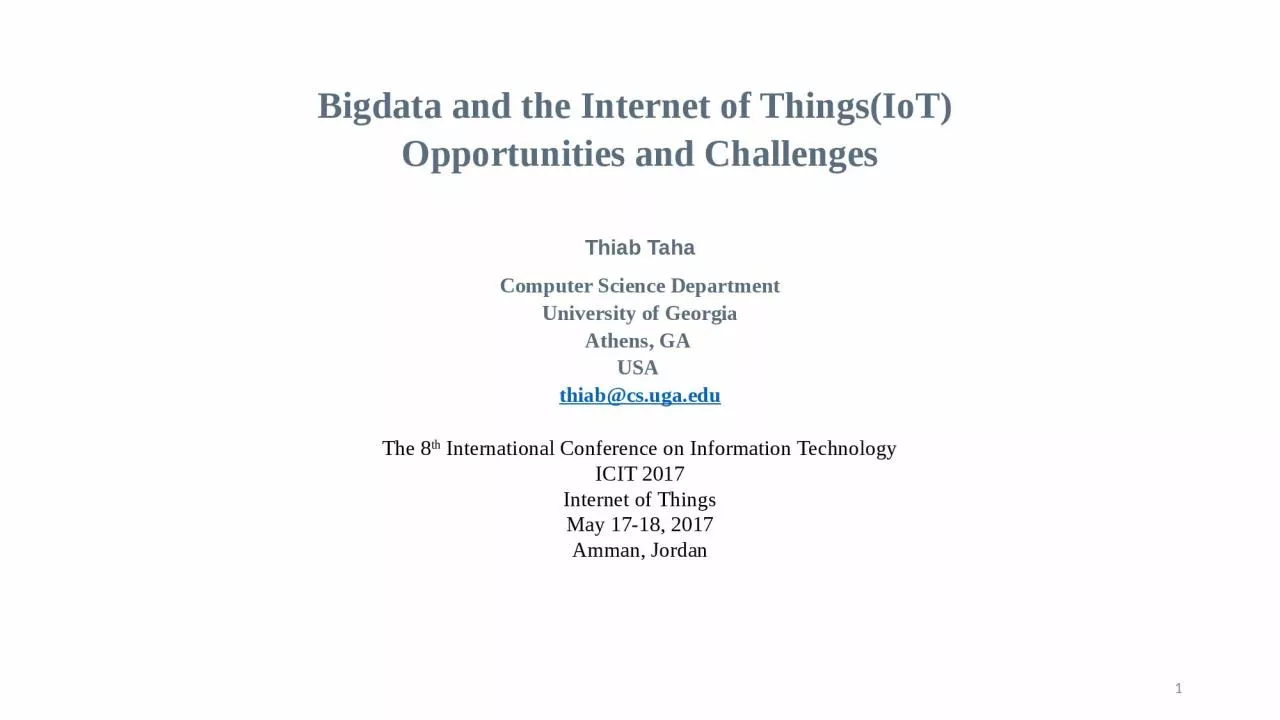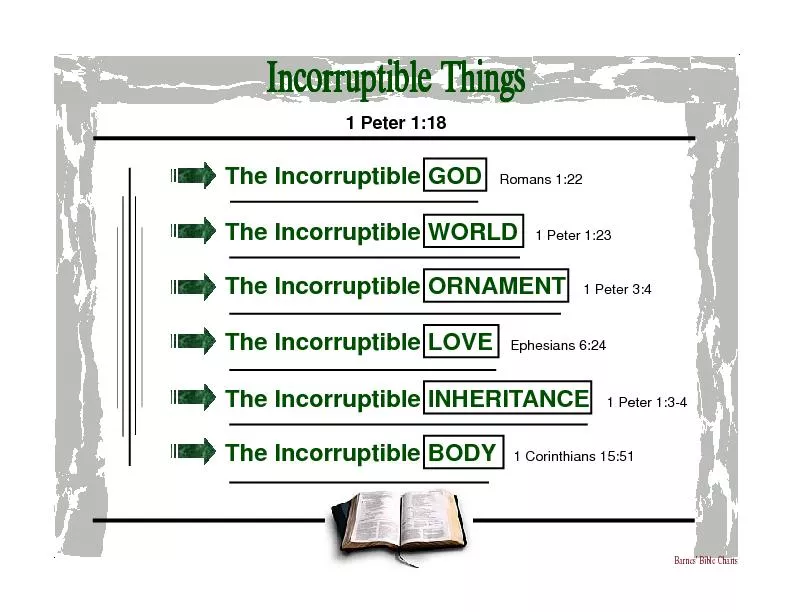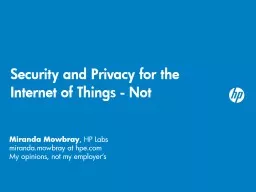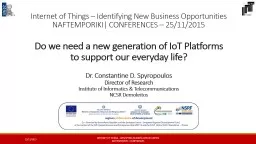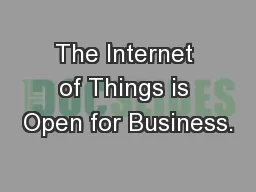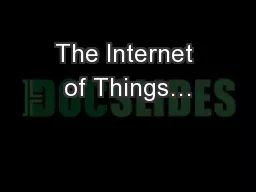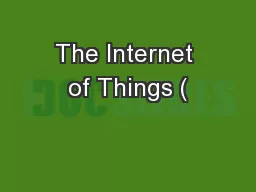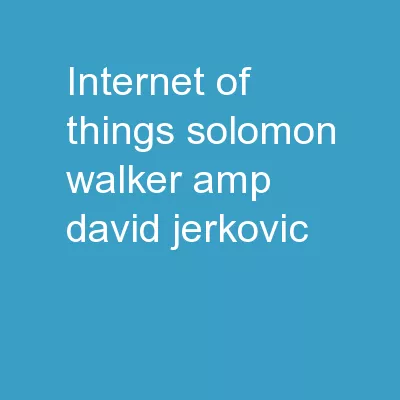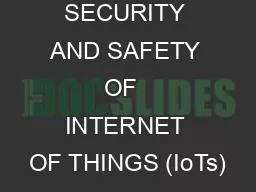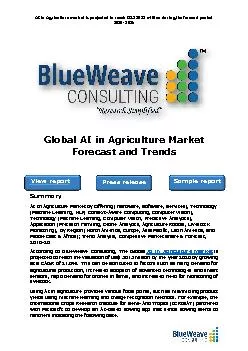PPT-1 Bigdata and the Internet of Things(
Author : obrien | Published Date : 2023-09-25
IoT Opportunities and Challenges Thiab Taha Computer Science Department University of Georgia Athens GA USA thiabcsugaedu The 8 th International Conference
Presentation Embed Code
Download Presentation
Download Presentation The PPT/PDF document "1 Bigdata and the Internet of Things(" is the property of its rightful owner. Permission is granted to download and print the materials on this website for personal, non-commercial use only, and to display it on your personal computer provided you do not modify the materials and that you retain all copyright notices contained in the materials. By downloading content from our website, you accept the terms of this agreement.
1 Bigdata and the Internet of Things(: Transcript
Download Rules Of Document
"1 Bigdata and the Internet of Things("The content belongs to its owner. You may download and print it for personal use, without modification, and keep all copyright notices. By downloading, you agree to these terms.
Related Documents

